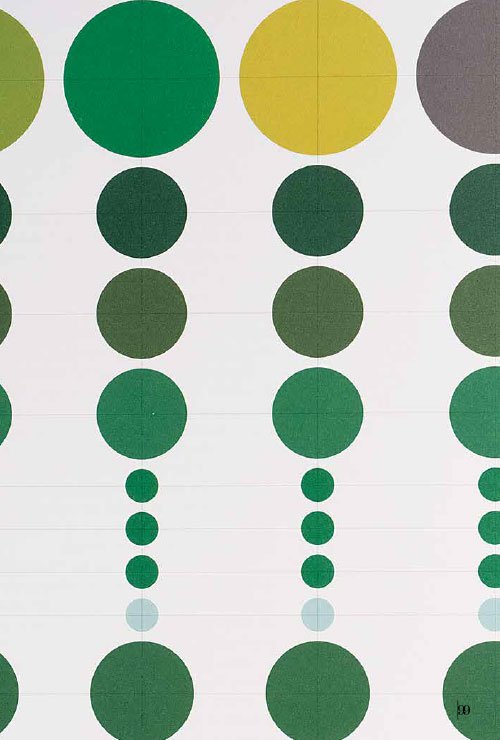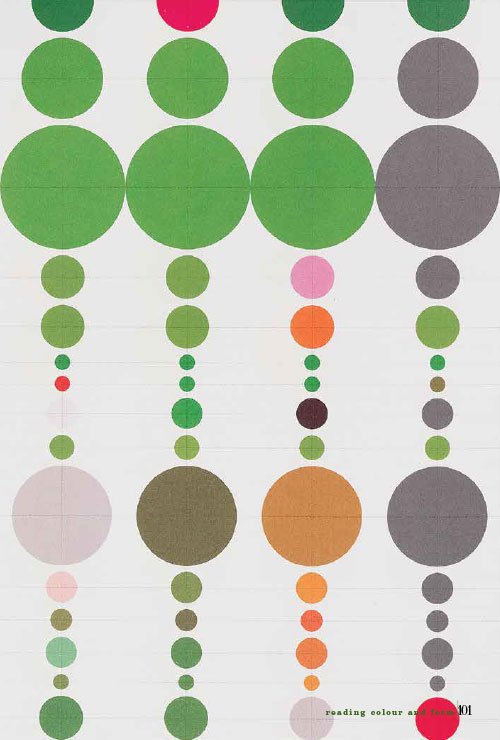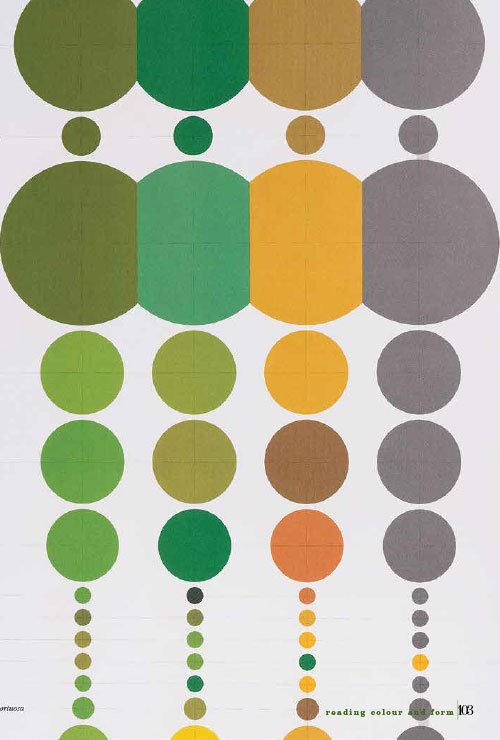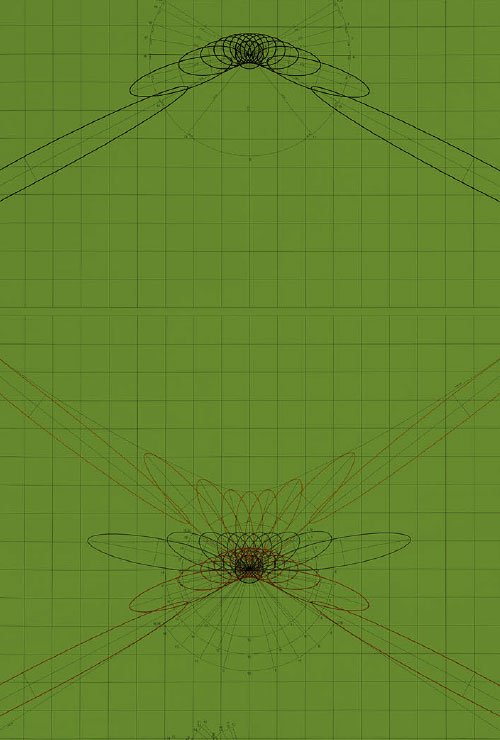Vol. 4
Reading Colour and Form
The Architecture of Trees
text by Flora Allen
The Architecture of Trees is unique. Far from a dry urban design manual, it is immediately apparent that it is something different. Its weight and size alone mark it out—at nearly 40cm tall, the height of its pages is determined by the tallest tree they illustrate, the towering giant sequoia, depicted at a 1:100 scale.
Begun by architects Cesare Leonardi and Franca Stagi in the 1960s, it is at once a scientific textbook, an artistic celebration, and a love letter to the natural world. Difficult to categorize, it is perhaps best defined by its liminality: between science and art, real and unreal, reading and seeing. With a background in design, architecture, and landscape architecture, Leonardi and Stagi were committed to the public and social power of the built environment, but also the importance of the spaces that remain free of buildings. In her introduction to the first edition, published in 1982, Stagi evokes the sense of peace we find in our cities’ green spaces in a passage striking in its poetic lyricism:
In the empty spaces in between, the places that have been left without buildings, we can admire our own absence. In these rare areas that have not been made into construction sites, in these scraps of land that are often derelict, these surviving fields, we can hear other sounds, smell other odors and fragrances, observe other shapes. We can measure the passage of time and perceive the shifting light…
To read more, purchase volume 4 of IL LIBRO - Autumn 2022






